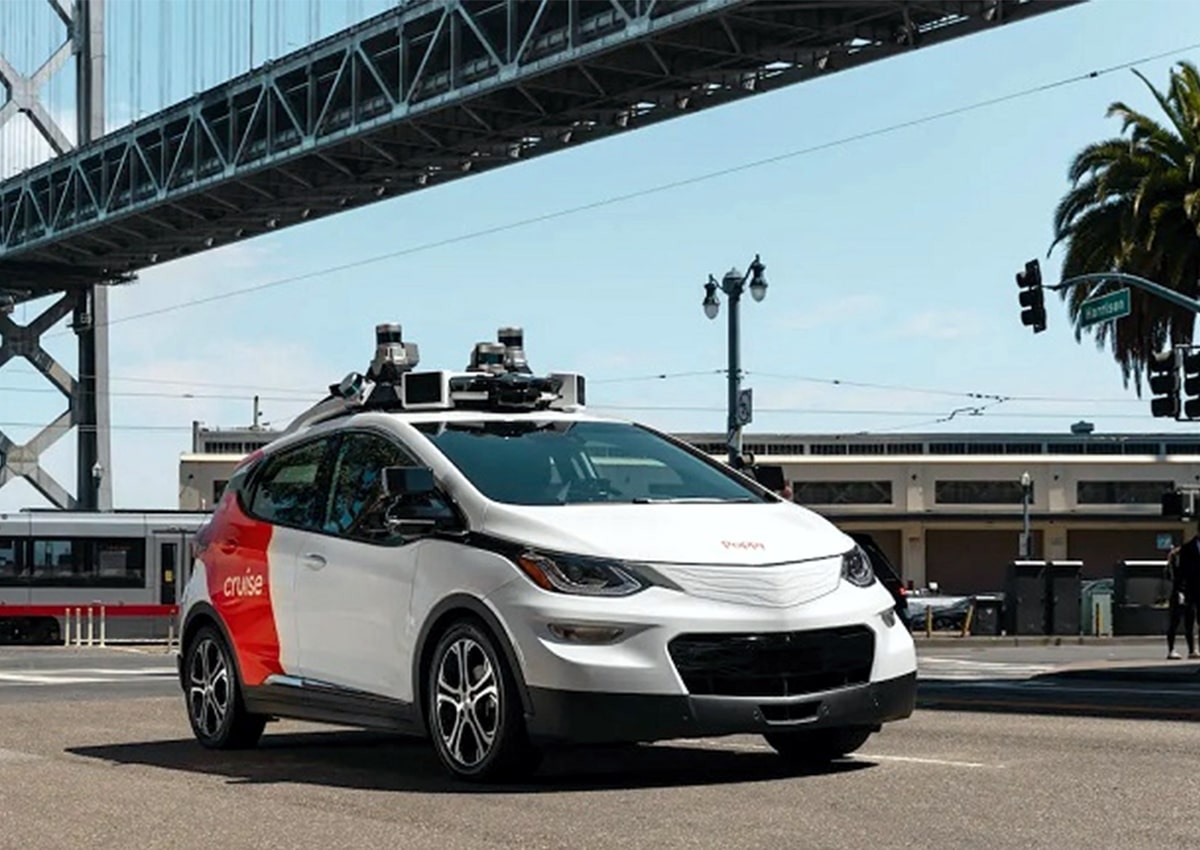Cruise robot taxis are now operating 24/7 in San Francisco. Waymo expands driverless rides in Phoenix and San Francisco
Waymo, the driverless taxi pioneer, is doubling down on its service area in the Arizona capital, Phoenix, as it prepares to ramp up operations in San Francisco and eventually Los Angeles (both in California). Waymo is under pressure to turn its autonomous vehicle technology into a viable business, which means it needs to quickly expand its paid robotaxi service to more cities.
In Phoenix, a city of 1.6 million, Waymo’s service area has quadrupled since the start of 2020. According to Waymo, 180 square miles is the largest fully autonomous service area in the world. The company is making Robotaxi rides to or from the airport easy with a second pickup location at Phoenix Sky Harbor International Airport at the new 24th Street PHX Sky Rail Station. In California’s neighboring state to the west, Waymo offers thousands of customers 24-hour rides in a growing part of the city in San Francisco, the fourth-largest city — previously for free. They are still waiting for the government’s approval to charge there.
Waymo’s main rival, GM subsidiary Cruise LLC, can only charge in one part of the city. The company recently announced 24/7 service throughout San Francisco, but only for employees, pending wider approval.
With its latest expansion, Waymo expects ridership to increase tenfold by next summer. At the moment, Cruise operates more than 10,000 trips per week. Robotaxis are only available to the public at night and in certain areas of the city. Cruise employees, on the other hand, can now ride in any part of the city at any time of the day.
In late April, Cruise announced that the company’s robotic taxis will now operate 24/7 in San Francisco. The company’s paid, driverless service is a step toward wider commercial adoption of the long-promised autonomous alternative to ride-hailing services like Uber or Lyft in the US. Cruz confirmed that the robotic taxis will be available to the paying public in Northwest San Francisco from 10 p.m. to 5:30 p.m. Authorized persons will not be charged for riding in cruise robotic taxis during daytime and in other parts of the city. This includes company employees and “power users”, ie frequent drivers.
In San Francisco, Phoenix and the Texas capital of Austin, where Cruz currently operates or tests its vehicles, about 240 driverless cars drive at once at night, most of them in San Francisco.
The company did not disclose how many robo-taxis are operating in San Francisco on an average day or night. “The operation of robo-taxis in San Francisco has become an indicator of the profitability of the business,” said Cruise CEO Vogt. “There’s little doubt that if it can work here, it can work almost anywhere.” In an announcement shared on LinkedIn and Twitter, Vogt wrote, “There are many challenges ahead for Cruz, but this is a milestone worth celebrating.”
Alphabet Inc.’s Cruze is one of the few companies licensed to operate its autonomous vehicles commercially on the streets of San Francisco. Holding’s subsidiary Waymo and startup Nuro are also part of the group.
Like other robotaxi developers, Cruz’s autonomous vehicles have occasionally caused trouble for security officers, drivers and pedestrians by getting stuck in traffic or blocking roads in San Francisco. Cruise crews then had to tow the vehicles. wf
Post Photo: GM

“Amateur coffee fan. Travel guru. Subtly charming zombie maven. Incurable reader. Web fanatic.”








More Stories
Nicolas Loufrani: Young Londoners Design Afro Hair Emojis
US Election: Trump Vs. Harris – 2024 poll numbers in America
Börse Express – USA: Retail sales rise unexpectedly